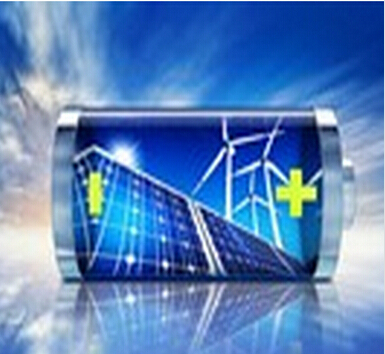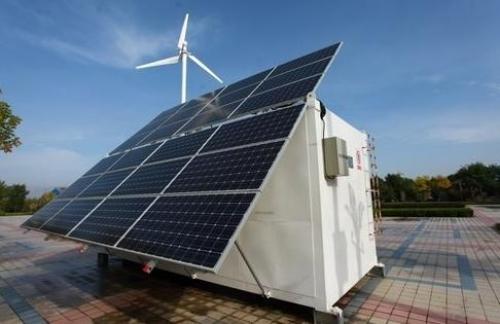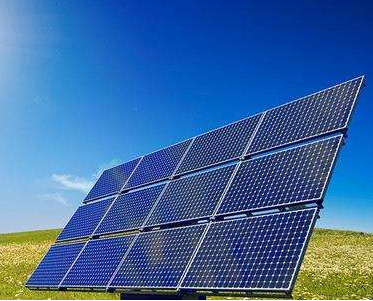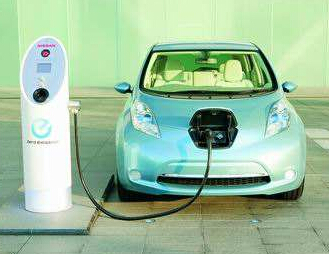To be "complementary" rather than "alternative"
"In the Internet age, what people often hear is the renewal. When new comes, they will completely replace the old ones, but this is not the case in the energy industry." Zhong Junhao, Chairman of Guodian Microgrid Energy Internet of Things Co., Ltd. It is said that at this stage, it is necessary to face up to the multi-functional complementarity. At the same time as the development of new energy, traditional fossil energy such as natural gas and petroleum will be widely used for a long time.
Zhong Baoshen pointed out that China is committed to achieving peak use of fossil energy by 2030. “This means that fossil energy will be less and less in our lives, and renewable energy will gradually dominate. But ‘dominant’ and 100% use of renewable energy are two different concepts.”
Zhong Baoshen emphasized that photovoltaics and wind power are inherently intermittent and need to be complemented by other types of energy. “But the current cost of renewable energy, represented by photovoltaics and wind power, has been reduced to a level that can compete with fossil energy. In the past five years, the proportion of coal power generation in China has decreased by 7.5%. In the next five years, this rate of decline will become more apparent. The goal of renewable energy in China's energy system should be achieved within 10 years. Usually this happens beyond our expectations."
Developing energy storage is a top priority
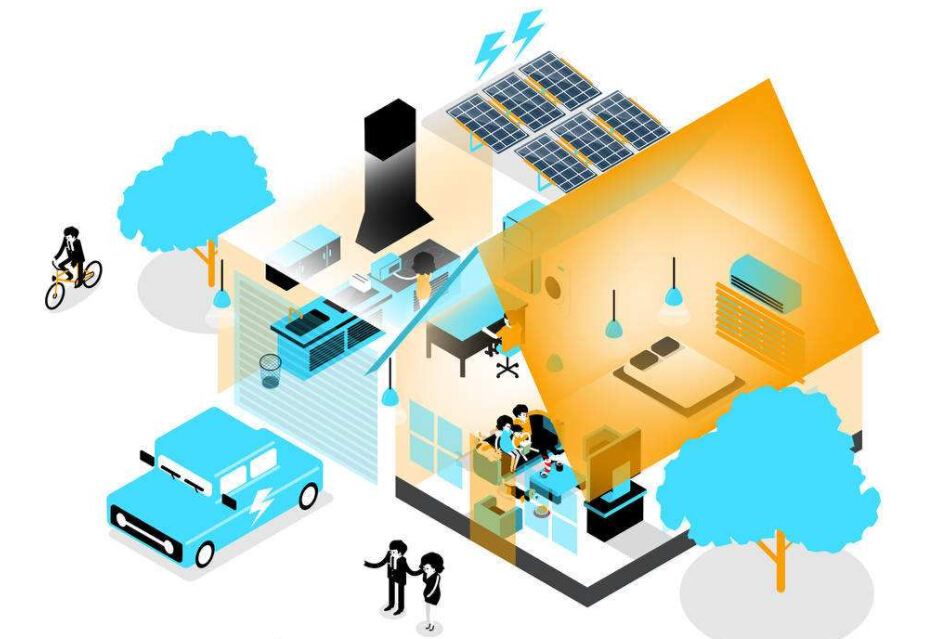
In the practice and prospect of multiple energy synergies, the energy storage sector is beginning to usher in a new period of opportunity.
“This year during the peak summer season, the Zhenjiang Eastern Power Grid in Jiangsu Province abandoned the traditional peak-shaving method and built a storage power station, using lithium battery energy storage to adjust the peak on the grid side.” Chairman of Guoxuan Energy Storage Technology Co., Ltd. Hu Jianglin said that the total capacity of the project is about 200 MWh. "With the successful operation of this project, the entire Jiangsu region will vigorously promote such grid side peak regulation next year, which is a very good for electrochemical energy storage. signal of."
According to the US Department of Energy's Global Energy Storage Database, as of the end of 2017, the installed capacity of energy storage projects in the world has reached 176 GW. Among them, the installed capacity of electrochemical energy storage is 2.93 GW. Although it accounts for only 1.7%, the number of projects in operation is the largest among many energy storage types. In 2017, the power of China's new electrochemical energy storage projects was 0.121 GW, an increase of over 15% year-on-year. “At present, the most important thing is to reduce the cost. In the most widely used lithium battery field, the international investment return period is generally between 9 and 10 years. Whether on the user side, the power generation side or the grid side, if By reducing the payback period to around 5-6 years, promotion will be much easier."
In addition to cost issues, some experts pointed out that although there are many researches on energy storage battery technology, it is usually only for materials and single device research, and many projects are still in the demonstration and verification stage. There is no whole system application and the whole industry. Relatively clear technical route. In other words, it is not clear which types of technologies and projects have more market development prospects.
"Niche" field is looking forward to attention
In addition, in the multi-energy complementary households, compared with mature energy sources such as photovoltaics and wind power, “niche” energy sources such as biomass energy, hydrogen energy, and solar thermal energy are expected to receive more attention.
Zhong Junhao pointed out that by 2020, China's hydrogen energy industry plans to reach 300 billion yuan in output value, but the current forms of hydrogen energy utilization have not been fully developed. “Hydrogen can be used as a hydrogen power station or as a heating unit. For example, the conversion of existing natural gas pipelines can be done by using hydrogen gas. At the same time, hydrogen energy can also be used as a power source for fuel cells, which is also very One of the popular ways of utilization." In terms of hydrogen fuel cell vehicles, China still has a lot of room for development. “Taking the hydrogen energy vehicle as an example, the hydrogen production, hydrogen storage and hydrogenation in the front end have been successfully controlled at the international level. However, the manufacturing cost of the terminal is still high. Now Japan has some hydrogen fuel cells. The model already has certain state subsidies to promote the development of the industry in this way."
Similarly, in the field of biomass heating, practitioners also hope that the country will increase its promotion and support. “There are three markets for energy use in the terminal, power generation, heating and transportation fuels. The global energy consumption in the heating market accounts for more than half. For China, this ratio is likely to be even greater.” Hong Hao, vice president of the New Energy Chamber of Commerce and Industry, and chairman of Jilin Hongri New Energy Co., Ltd. said that in China's huge heating market, the current proportion of coal burning is as high as 80%. “And biomass heating is an important option for renewable energy heating. The feeling for everyone has always been tepid, neither hot nor cold, but in fact it is not dependent on government subsidies, it is completely dependent on the market. Industry. At the end of 2017, the state began to introduce policies to guide industrial development, which is an encouragement for the industry."
Compared with hydrogen and biomass heating, the solar thermal industry is experiencing difficult climbs. A series of reasons, such as financing difficulties, foreign technology blockade, and poor equipment capabilities, led to the completion of the first batch of 20 demonstration projects far less than expected. "In the field of light and heat, most of the participants are private enterprises. I really hope that when the industry experiences difficulties, private enterprises can continue to do so. I hope that more central enterprises and state-owned enterprises, especially the traditional 'five big four small' can Enter this industry and expand the development of the solar thermal industry."
















 RCCN WeChat QrCode
RCCN WeChat QrCode Mobile WebSite
Mobile WebSite